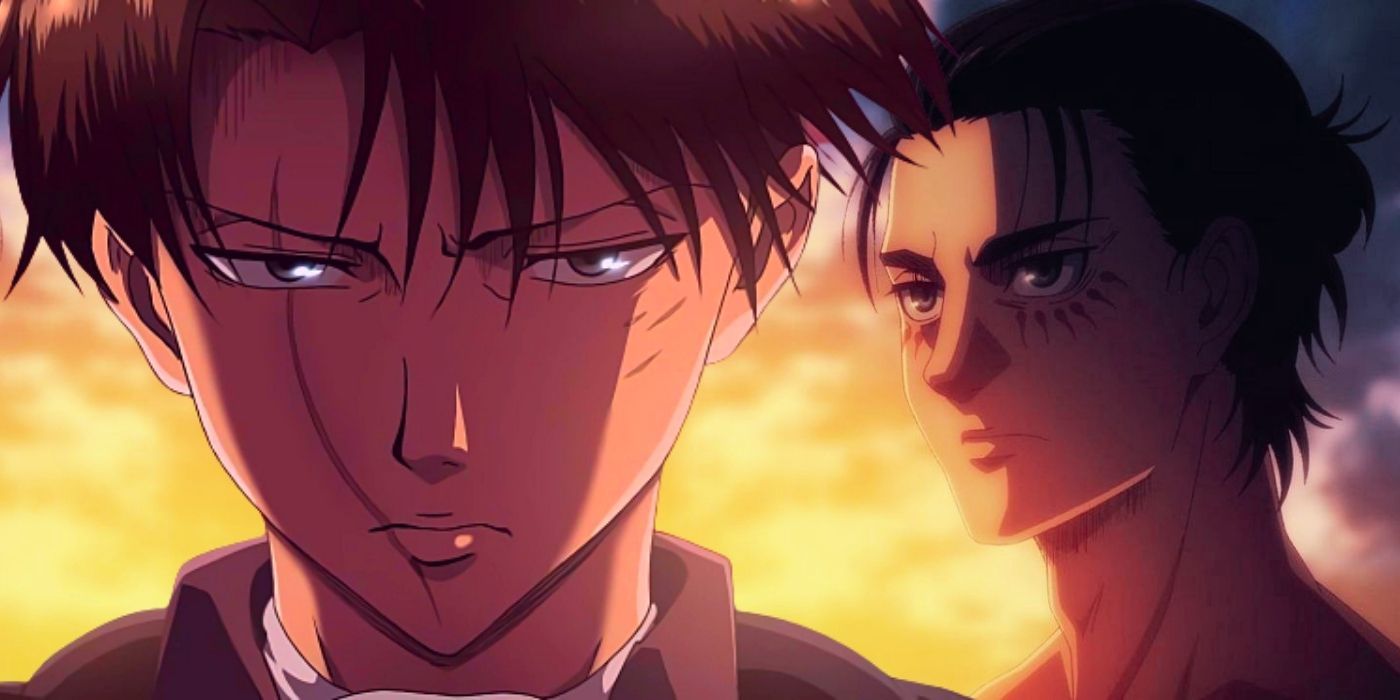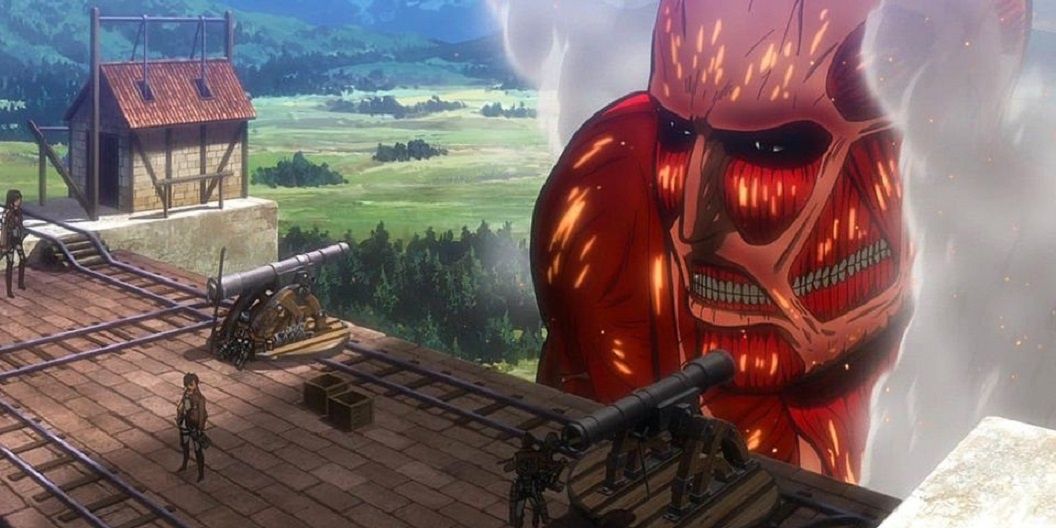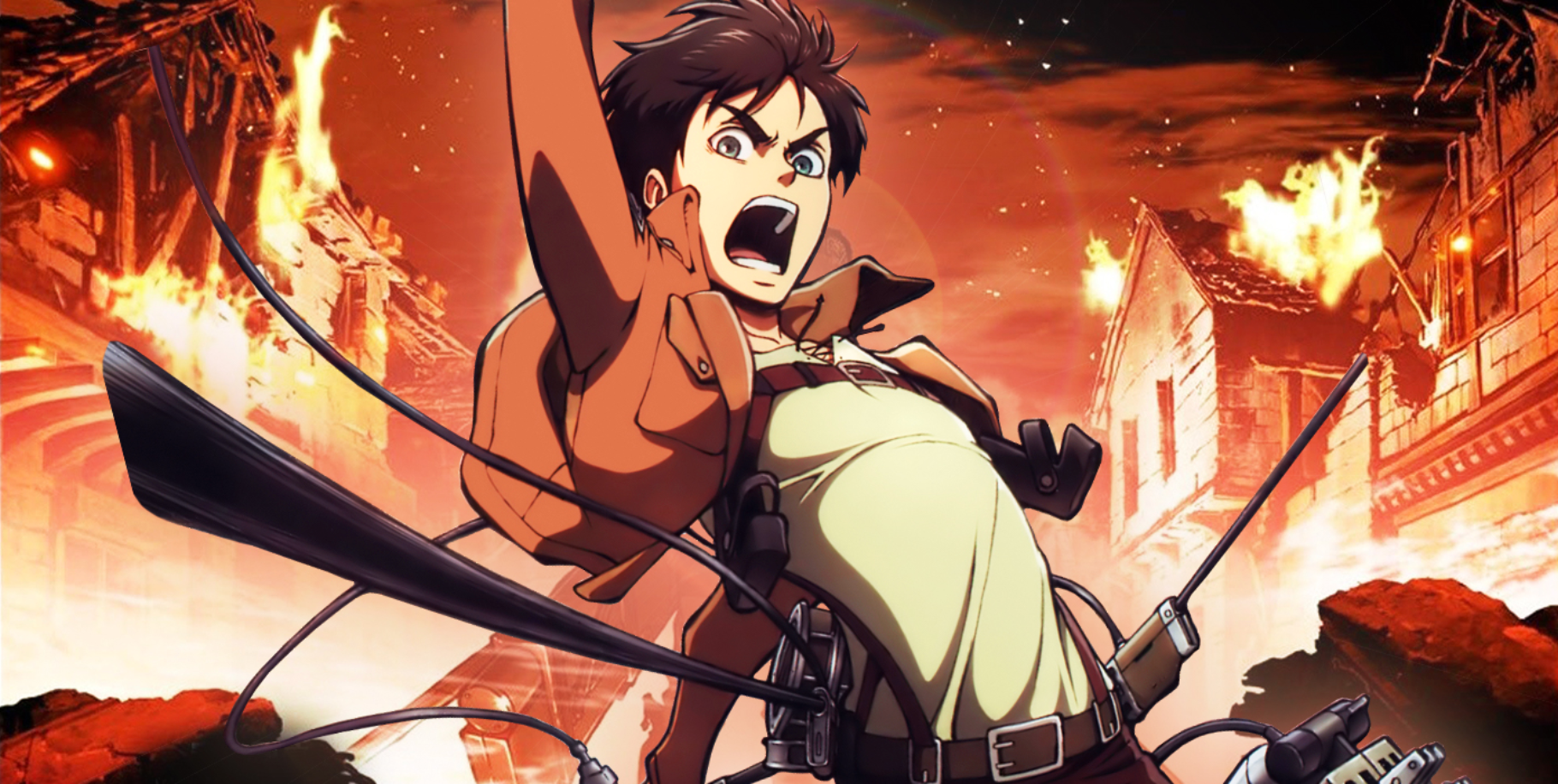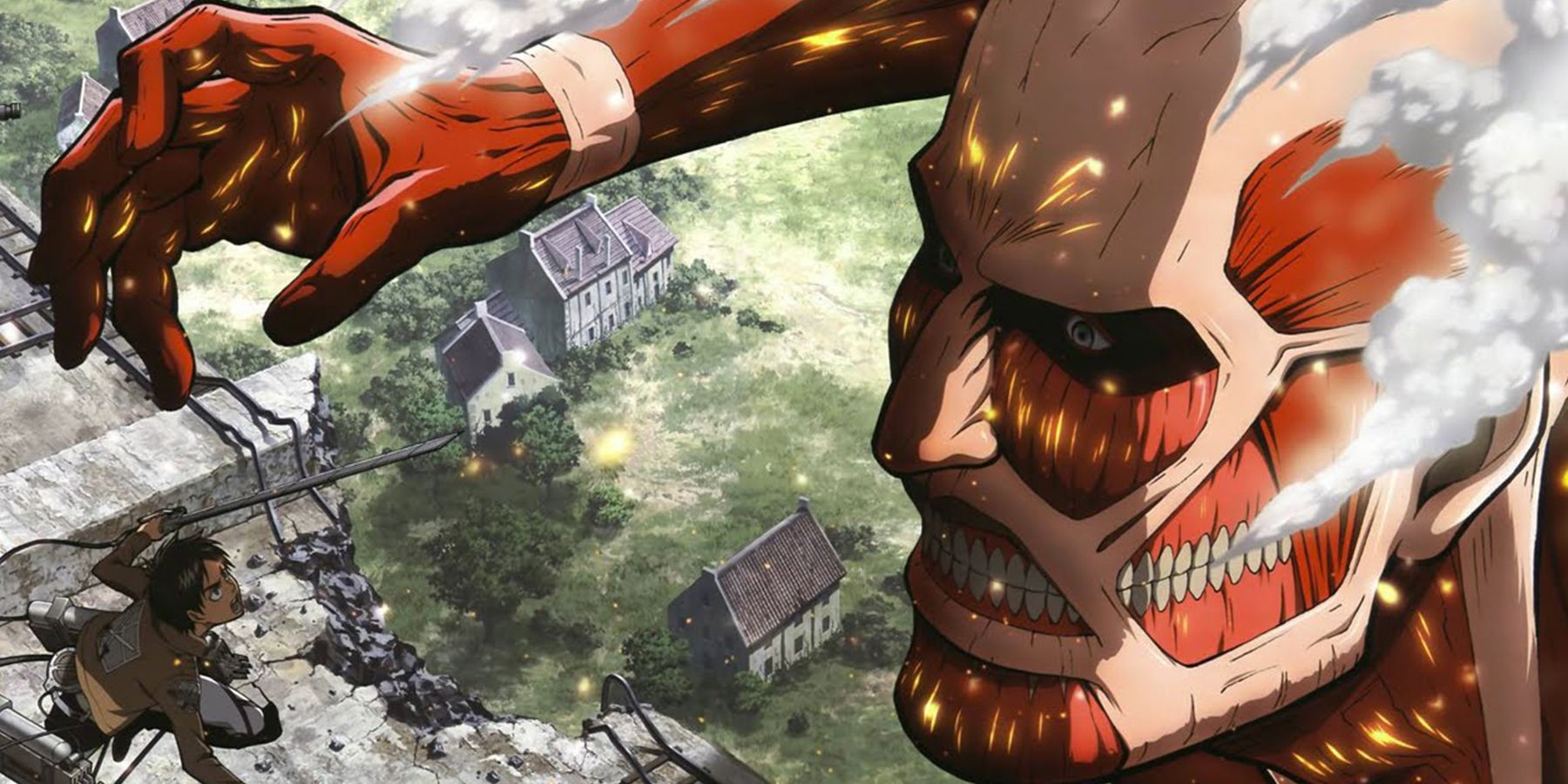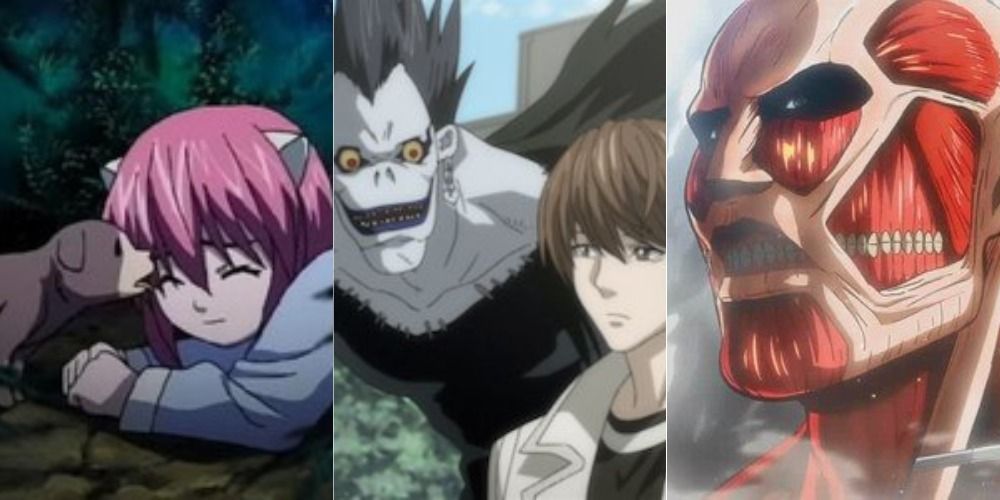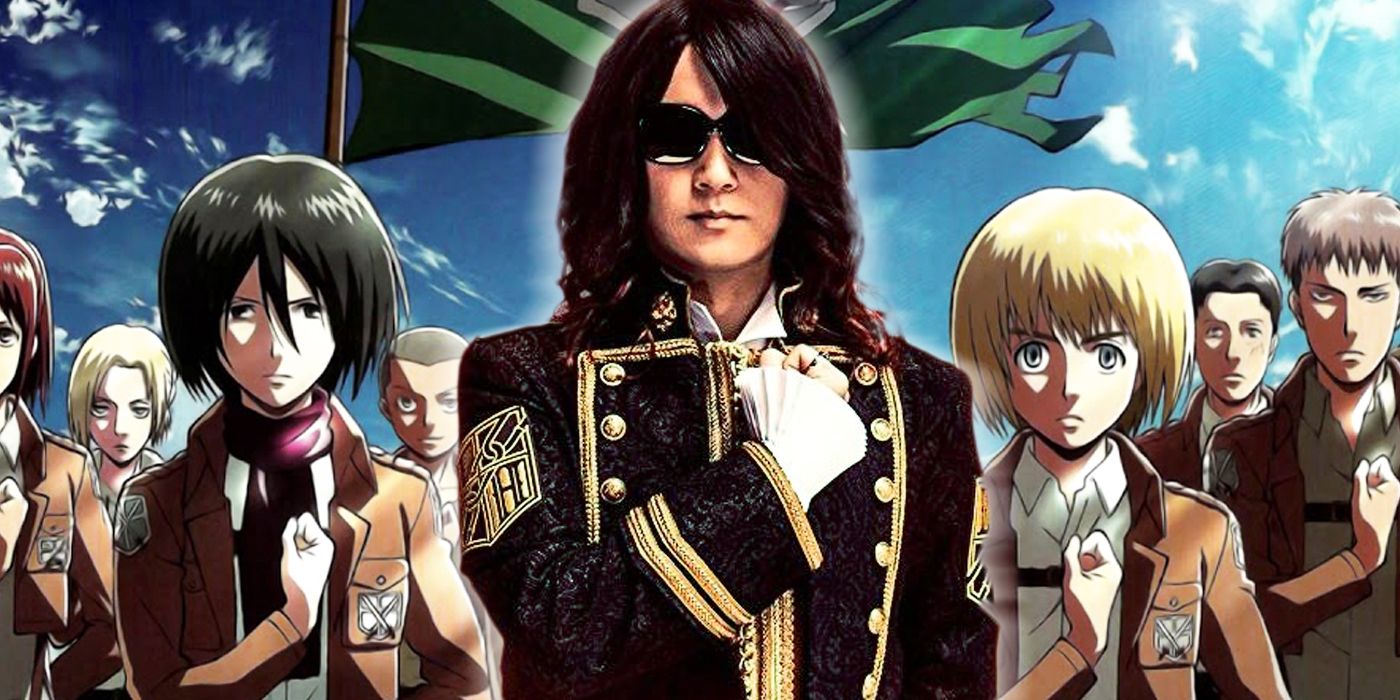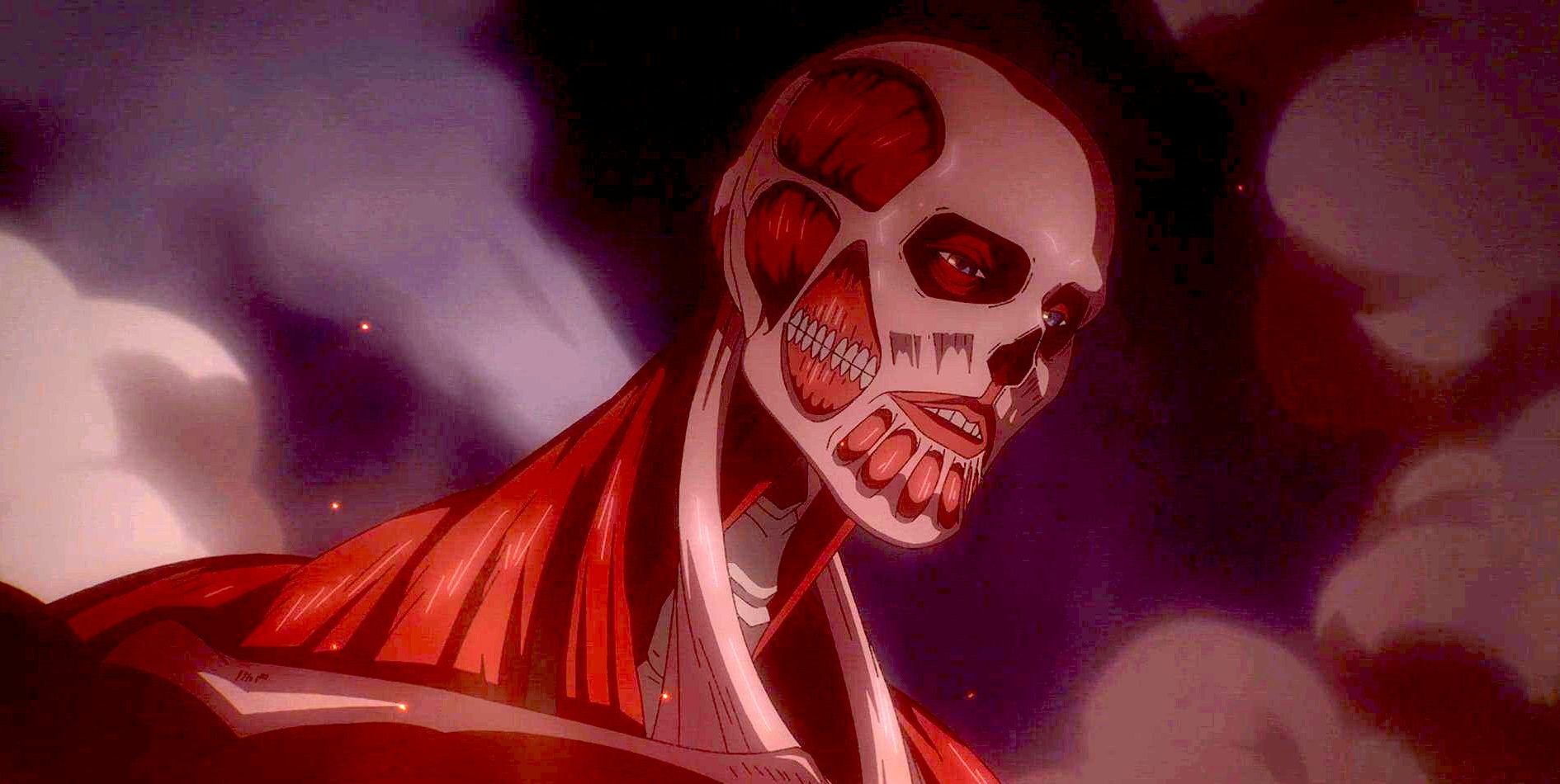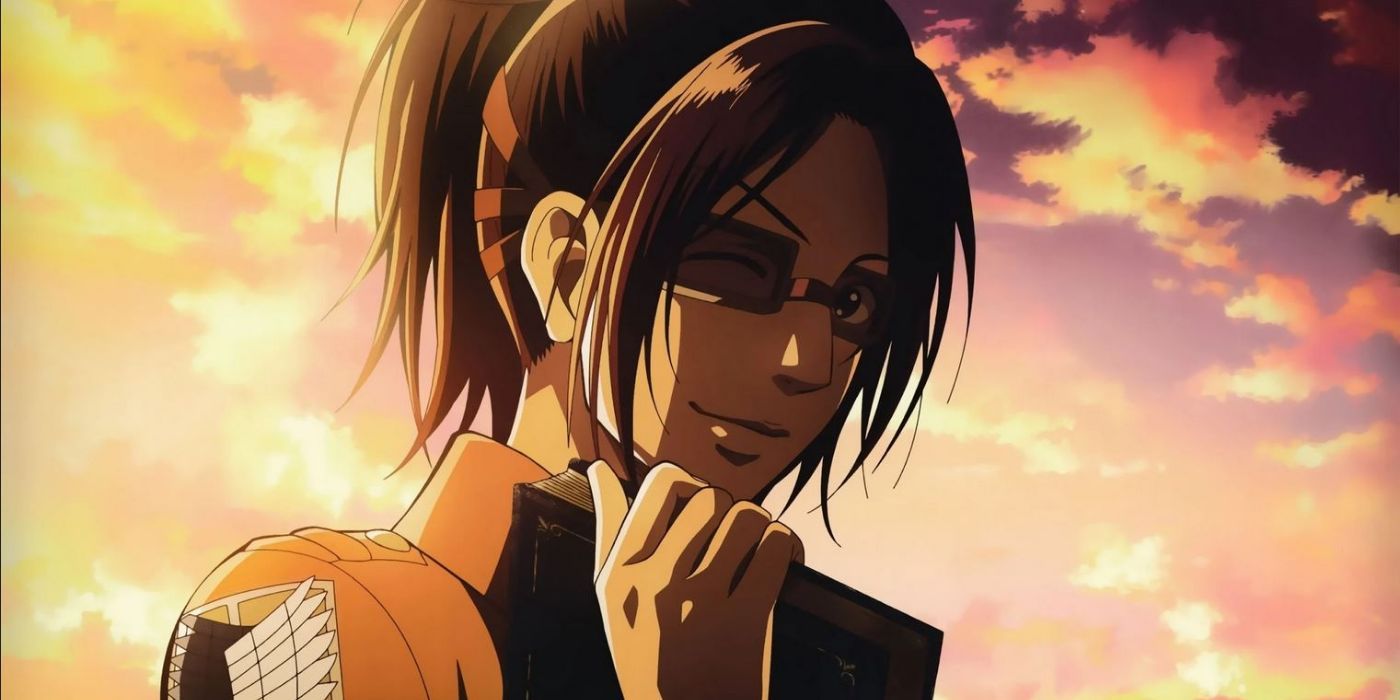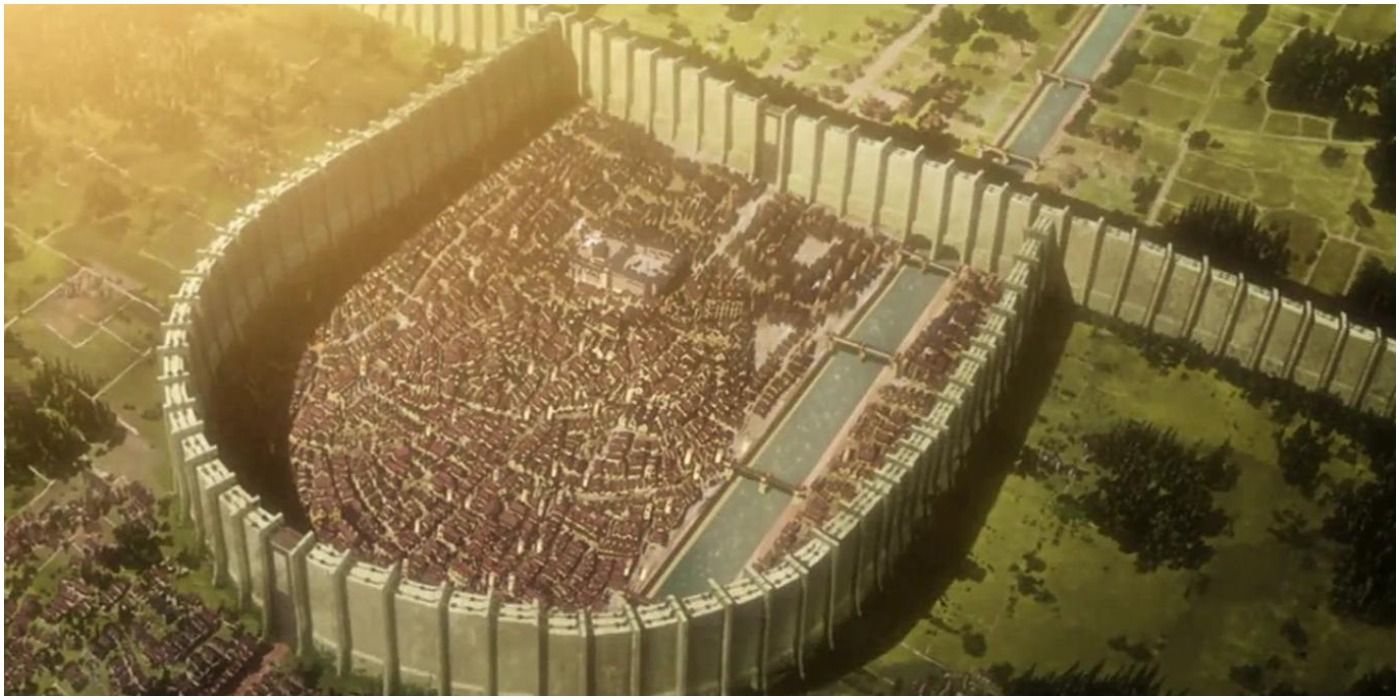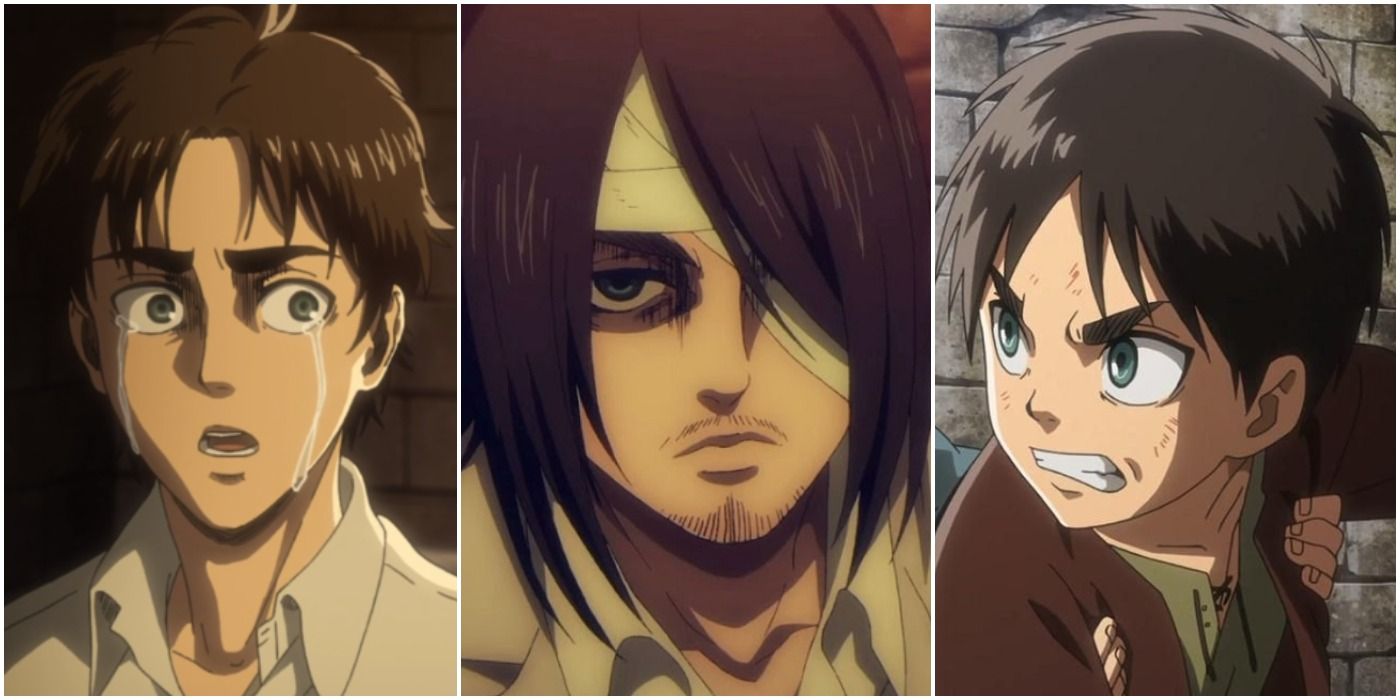Attack on Titan's legacy has grown to titanic proportions in the years since its first season debuted in 2013. The manga has sold more than 100 million copies. More than any other single series in the past decade, Attack on Titan has reshaped the global anime industry, both on a storytelling front and a marketing front.
In the wake of Attack on Titan, shonen anime has done a lot of growing up. Heroes have gotten a lot darker, stories have incorporated new complexities, and monsters are in vogue. Love it or leave it, there's no denying that Attack on Titan has reshaped modern anime.
10 Attack On Titan Was WIT STUDIO's Flagship Series
Attack on Titan was WIT STUDIO's first production. Founded by George Wada, an acclaimed producer best known for his work on Guilty Crown and Psycho-Pass, WIT came to be in 2012. The studio isn't actually an independent entity, but an amalgamation of Production I.G. artists delegated their own projects and workspace.
WIT STUDIO's track record is impressive. While the first season of Attack on Titan struggled somewhat with budget constraints, resorting to still frames more often than the story warranted, the show's immense success insured finances weren't a problem for future seasons. WIT STUDIO has won acclaim for its fluid animation and ambitious projects, though it has sometimes struggled with staying on production schedule.
9 The Series Supersized Zombies
Zombies have gotten old again, but movie monsters go in cycles when it comes to popularity. Zombies dominated the 70s, aliens dominated the 80s, and vampires took over the 90s, and they all make comebacks. But Attack on Titan managed to take a familiar formula -- mindless monsters that eat people -- and make it feel somehow original.
It's all about scale. Titans aren't just zombies, but giants. It's hard to pin down why, precisely, this makes them so horrific, but it's clear that sizing up a monster is a tried-and-true strategy. There's a reason why audiences still pay to watch kaiju films like Godzilla.
8 ODM Gear Reshaped Shonen Action Sequences
No other series had or has anything like 3D maneuver gear, the technology that allows humans to vie against Titans. Whereas many shonen series use magic, ninjutsu, or mechas as the backbone of their action sequences, Attack on Titan invented a whole new contraption, and gosh is it entertaining.
Combining traditional animation and tasteful CG, ODM gear makes action scenes feel entirely new and entirely immersive. Characters move like acrobats on a trapeze, liberated by and bound to their gear, engaging in battle on rooftops and in midair.
7 The Show Made Anime Mainstream In A Streaming Era
Attack on Titan was among the first anime to stream on Netflix, and it proved a roaring success. These days, Netflix boasts dozens of anime titles, and even works with Japanese studios to produce Netflix Original anime. How did Attack on Titan help anime go mainstream?
When Netflix was still building its catalog, audiences were likely to give almost any series a shot. Fifty-year-old dads who never bothered with Japanimation, kids who'd run out of cartoons to binge, and hardcore otaku alike found Attack on Titan immediately compelling. Without commercials and without having to wait another week for an episode, Attack on Titan became compulsive viewing for many Netflix subscribers, and the rest is history.
6 Attack On Titan Was Among 38 Anime Banned Outright In China
The Chinese Communist Party is known for its strict censorship laws, but Chinese citizens are as grateful for good TV as anyone else. The Chinese market is huge and hungry, and many an international movie has been altered in order to succeed under CCP constraints.
Despite this, in 2015, the Chinese Ministry of Culture drew the line with dozens of anime series. Threatened by the subversive and violent nature of these anime, China banned 38 shows outright. Attack on Titan was among these titles, alongside classics like Death Note and Elfen Lied.
5 The Series Introduced Millions Of Fans To Linked Horizon
The dramatic rock-fantasy music of Linked Horizon soon became synonymous with Attack on Titan. Founded in the late 1990s by composer Revo, and operating under the name Sound Horizon, the band began as a doujin group, self-releasing albums for several years before one of their songs was featured in a PlayStation 2 game.
In 2012, Revo founded Linked Horizon as a separate, sister project. "Guren No Yumiya" became Attack on Titan's iconic first opening, and it's hard to imagine any other band doing the job now.
4 Shonen Met Body Horror In Spectacular Fashion
While shonen series have always had their fair share of blood, in the years leading up to Attack on Titan, things began ramping up significantly. In the early 2000s, in the wake of Battle Royale's live-action success and the popularity of Junji Ito's Uzumaki, horror anime like Gantz brought ultra-violence to the forefront. Death Note established that teens were certainly interested in more murderous stories, and Deadman Wonderland proved that otaku didn't mind a little -- or a lot of -- blood.
Even so, the sheer, unrelenting brutality of Attack on Titan set it apart from most other shonen anime. Suddenly, any character could die, and horribly. This evolution was as shocking as it was entertaining, and other shows have since followed suit.
3 Hange Zoë Was Among Anime's First Nonbinary Major Characters
Much has been written about Hange Zoë. A mad scientist in an even madder world, Hange is intent on their research, on finding out more about the Titans for the sake of humanity and satiating their own curiosity. Hange is a fantastic character, if an odd one, and that's not their only remarkable attribute.
Hange Zoë is one of very few anime characters whose gender is left deliberately, permanently ambiguous. Hajime Isayama has confirmed that Hange's gender is open to interpretation. Their presence symbolizes a huge step forward in a genre that has often confined characters to specific gender roles.
2 The Show Takes Place In A "Bottled" World
Attack on Titan is known for showcasing plot twists of all sizes. Characters are rarely all they seem to be, and the world is built on layers of deception. The audience comes to know the world is as dangerous as it is duplicitous. By the second season, fans feel they have a pretty solid grasp on what to expect from the Attack on Titan universe.
By season three, all of that is thrown out the window when new revelations upend every expectation of what Paradis really is. It's as if the entire series up to that point has been a very, very long bottle episode, and no one -- not the characters, not the audience -- ever realized it.
1 No Character Is Morally Correct, Least Of All The Protagonist
Since the '90s, casting a questionable protagonist in a fantasy series has become more common. Clare of Claymore is a monster and Light Yagami is a murderer. Even so, Hajime Isayama seems to have broken the mold with Eren Yeager, a character who is as widely loved as he is widely despised.
While many shonen protagonists become corrupt over time, that's not the case with Eren. By means of a single flashback, Isayama pointedly dismisses any notion that Eren was ever a wholesome kid. Instead, he shows fans that Eren was fine with murder even as a small child, a ruthless product of a world in which morality no longer exists. Eren's personality serves as foreshadowing for the entire series: there is no clear right or wrong in a world this broken.

